According to Dr. Polyanna von Knorring, lead researcher on the project, the newly discovered shark is estimated to have reached lengths of up to 8 meters, making it one of the largest predators to have ever existed in the ancient oceans. "This find is a game-changer for our understanding of shark evolution," Dr. von Knorring said. "It shows that modern sharks were capable of growing to enormous sizes much earlier than we previously thought."
The discovery was made possible through a combination of advanced fossil analysis and computer simulations, which allowed researchers to reconstruct the shark's body shape and size with unprecedented accuracy. The fossil remains were found in a layer of rock dating back to the Early Cretaceous period, a time when the supercontinent of Gondwana was still intact and the Australian continent was much closer to its current position.
The implications of this discovery are significant, as they suggest that sharks have been evolving to become larger and more formidable predators for much longer than previously thought. This has important implications for our understanding of the evolution of marine ecosystems and the role that sharks have played in shaping these ecosystems over millions of years.
Dr. von Knorring noted that the discovery also highlights the importance of continued research into the evolution of sharks and their role in the ancient oceans. "There is still so much to learn about the history of sharks and their place in the ancient world," she said. "This discovery is just the beginning of a new chapter in our understanding of these fascinating creatures."
The discovery is set to be published in a forthcoming issue of the journal Nature, and is expected to generate significant interest and debate among scientists and the general public alike. As researchers continue to study the fossil remains and refine their understanding of the shark's evolution, it is clear that this discovery will have a lasting impact on our understanding of the natural world.




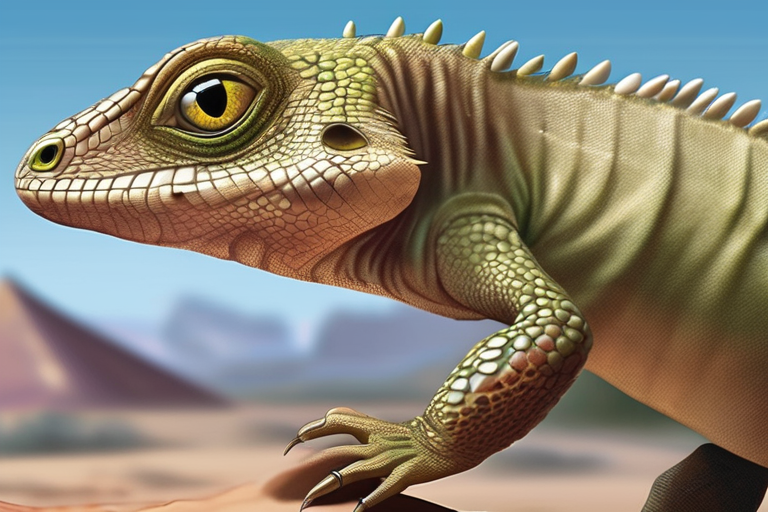

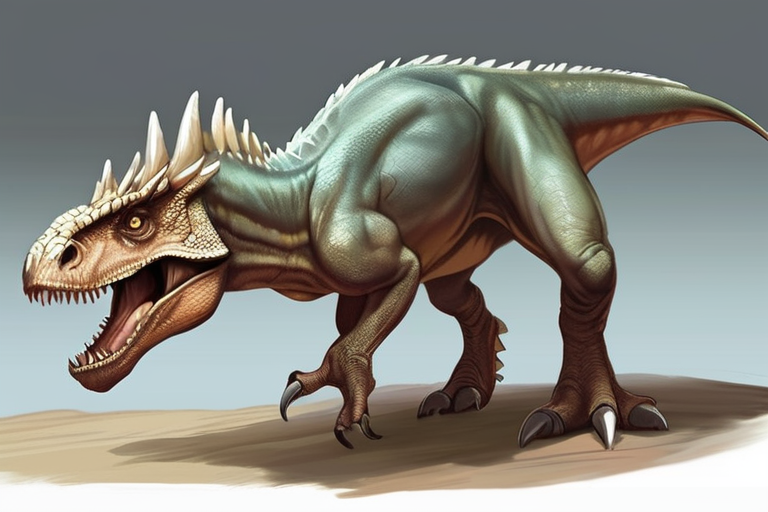



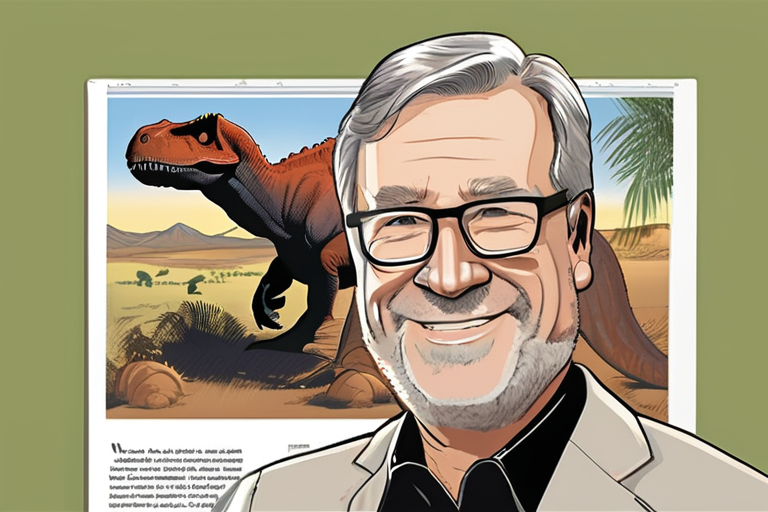
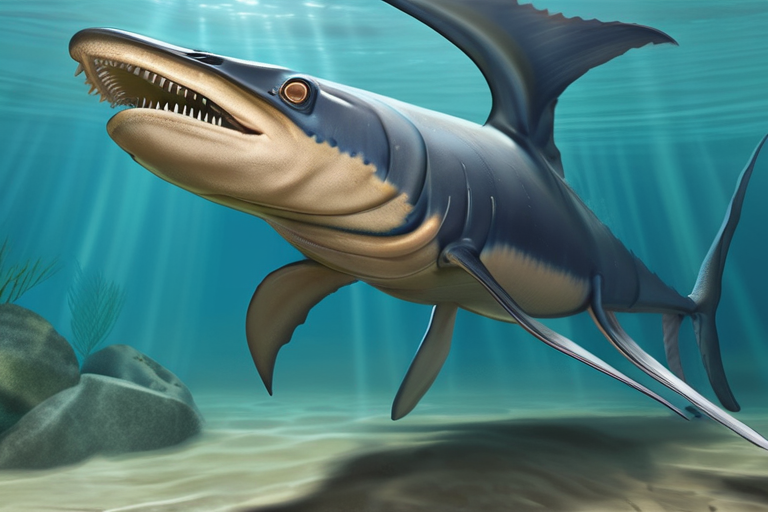
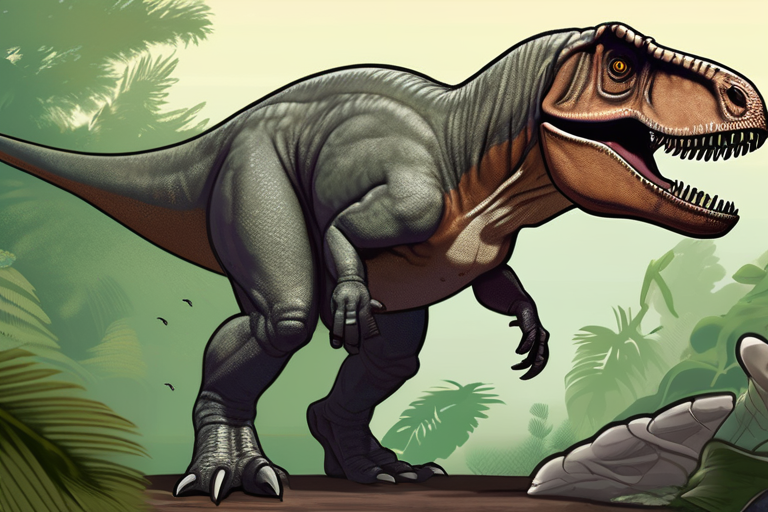
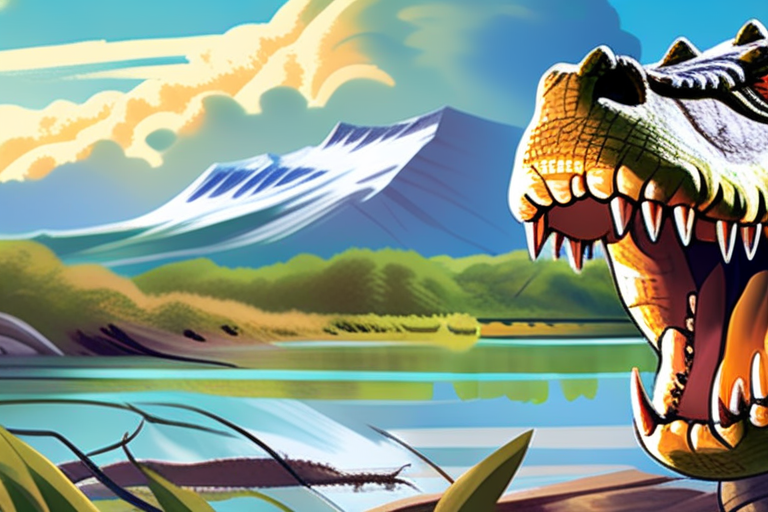

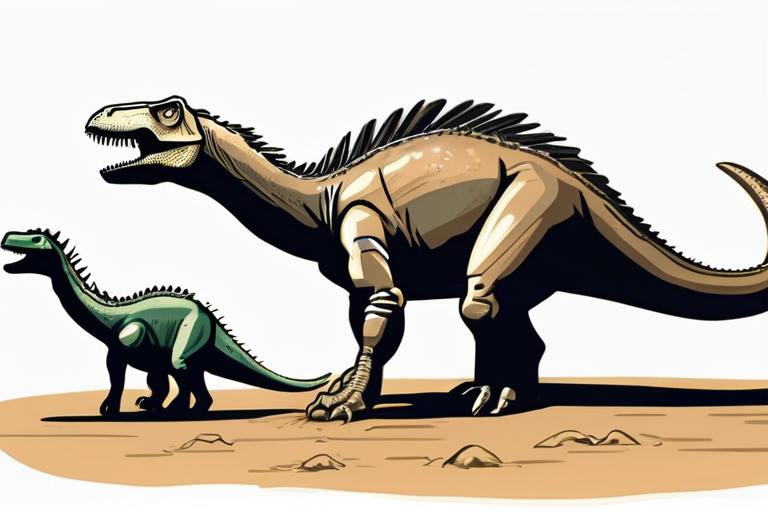


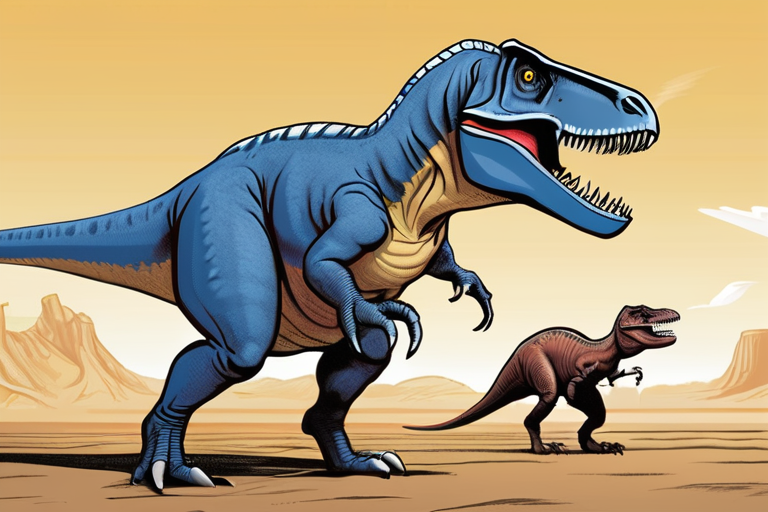



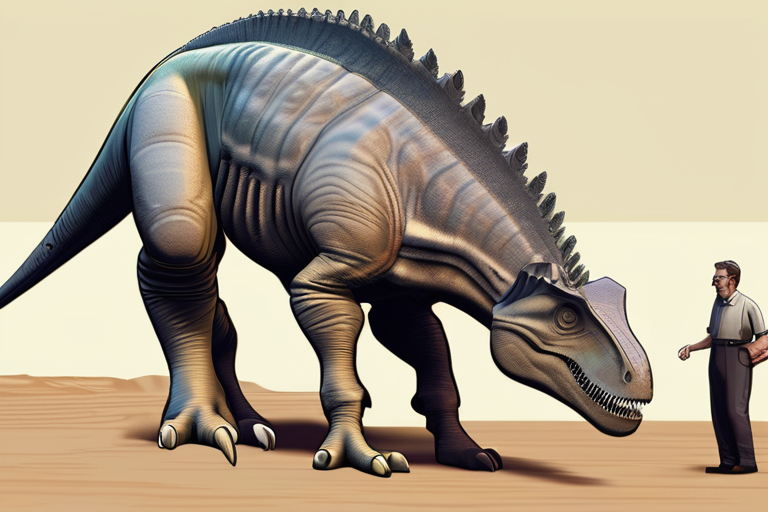




Share & Engage Share
Share this article